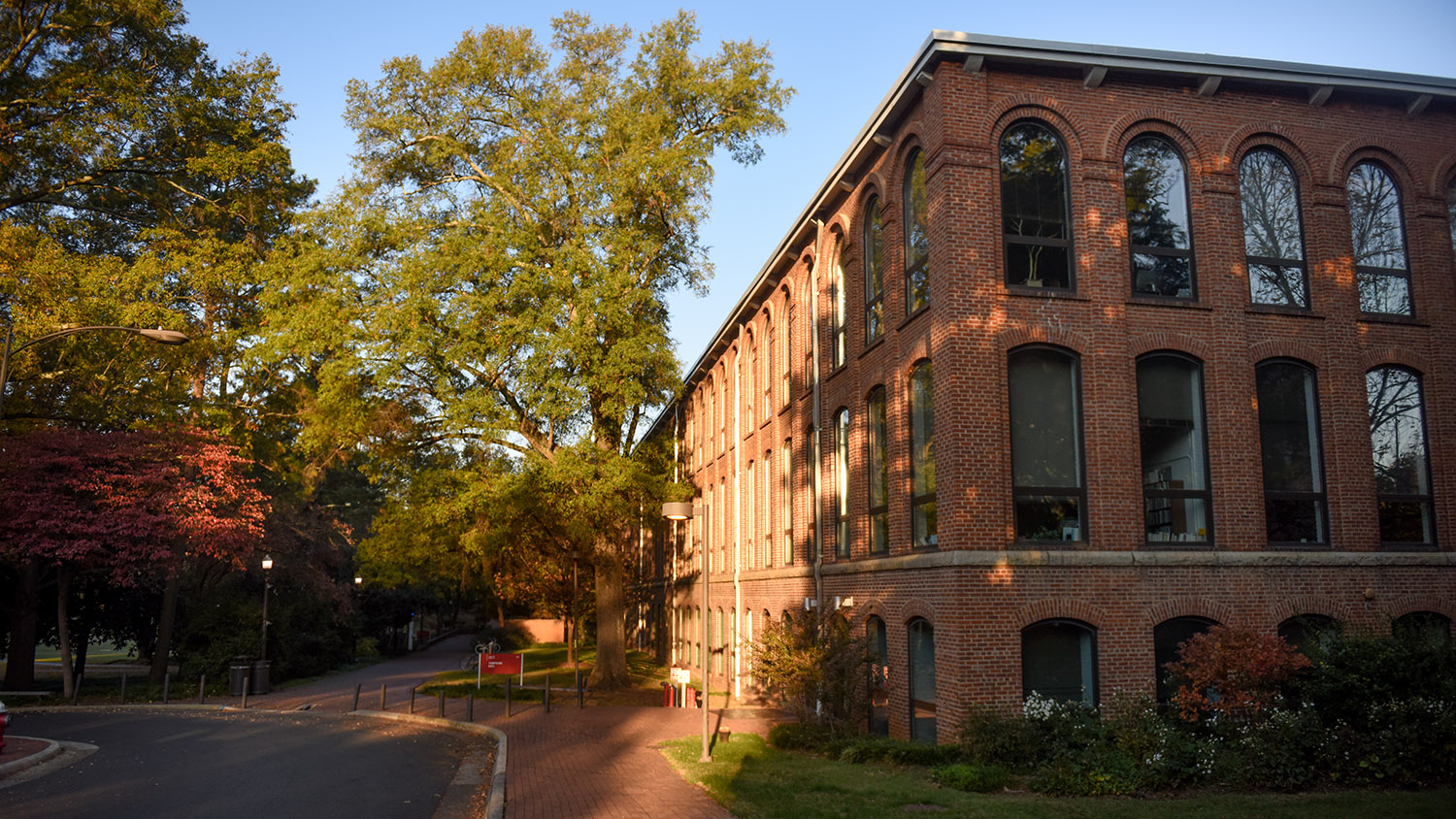Communities That Suffered Rapid Manufacturing Job Losses Fare Worse on Sustainability

A new study finds communities that have experienced significant job losses in manufacturing over the past 50 years are also less likely to engage in sustainability planning, less likely to develop sustainability-related capabilities, and have made less progress towards meeting sustainability-related goals – such as energy and water conservation.
“Sustainability is important for addressing large-scale social problems, such as global climate change,” says Christopher Galik, co-author of the study and a professor of public administration at North Carolina State University.
“But it’s also important to remember that sustainability can help make communities more competitive in the long term. It can drive down energy and water costs for residents and local government; it can help communities attract state and federal funding for infrastructure projects. Essentially, sustainability makes communities more resilient, both economically and environmentally.”
“Given the importance of sustainability, we wanted to see if historical factors played a role in local communities’ sustainability commitments and decisions,” says Yuhao Ba, first author of the paper and a former graduate student at NC State who is now an assistant professor of public policy at the National University of Singapore.
The researchers found that a key variable was sudden shifts in industrial employment. Communities that had smaller swings in employment, even if they lost jobs in the long run, were associated with greater sustainability planning, capabilities and performance. Communities that experienced significant job losses in a short period of time, however, had a more difficult time transitioning.
“Because of deep-rooted connections between industry and community identity, we thought we might observe some differences between community capabilities and performance depending on their unique industrial histories,” Galik says. “The data bear that out.”
For the study, researchers looked at publicly available sustainability data on 320 counties from across the U.S. as of 2015. This allowed them to measure how well each municipality was doing in three areas: sustainability planning, sustainability capability and sustainability performance. The researchers also collected employment data from all 320 counties, dating from 1969 to 2016. Drawing on this data, the researchers used a statistical tool called path analysis to identify complex structural relationships.
“Basically, that means we can get a better sense of the relationships between a number of variables and observed outcomes, both direct and indirect,” Galik says. “In this case, the outcome we were interested in is sustainability performance.”
Their findings were straightforward: communities that suffered sudden and significant job losses in manufacturing were substantially less likely to have robust sustainability plans and capability, and less likely to be making significant process on sustainability goals.
“Particularly given the attention – and funding – at the federal level for infrastructure, clean energy technology manufacturing, and climate adaptation, our study emphasizes the need to consider community history, context, and conditions as programs are designed and rolled out,” Galik says.
The paper, “Historical industrial transitions influence local sustainability planning, capability, and performance,” is published in the journal Environmental Innovation and Societal Transitions.
-shipman-
Note to Editors: The study abstract follows.
“Historical industrial transitions influence local sustainability planning, capability, and performance”
Authors: Yuhao Ba, National University of Singapore; Christopher Galik, North Carolina State University
Published: Jan. 3, Environmental Innovation and Societal Transitions
DOI: 10.1016/j.eist.2022.100690
Abstract: We evaluate the influence of long-term industrial transitions on local sustainability action. We construct two aspects of historical industrial transitions—direction and magnitude—along with three aspects of local government sustainability action: planning, capabilities, and performance. Using a national survey of local sustainability practice and nearly five decades of historical manufacturing employment data in the U.S., we find local communities with more substantial swings in manufacturing jobs to be less likely to engage in sustainability planning, cultivate sustainability-related capabilities, and make progress towards meeting sustainability-related objectives, underscoring the potential challenges associated with top-down programs and the importance of decentralized solutions.
This post was originally published in NC State News.


